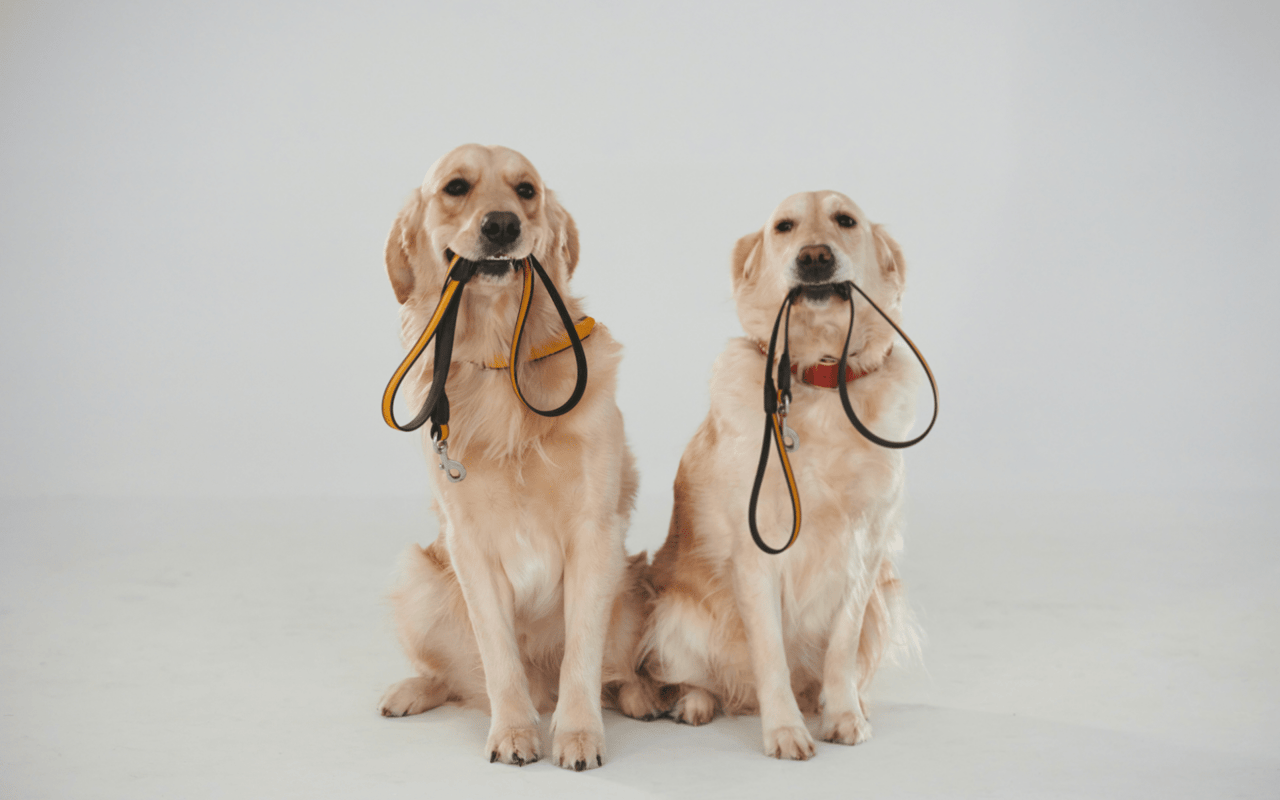Moving to a new home is a significant event that can bring a mix of excitement and stress, not just for humans but also for their pets. Pets often thrive on routine and familiarity, so the upheaval of a move can be particularly unsettling for them. However, with thoughtful planning and consideration, you can help ease your pet's transition to a new home. Here are some essential tips to ensure a smooth move for your furry friends.
Plan Ahead for Your Pet's Needs
One of the most crucial steps in moving with pets is to plan well in advance. This includes ensuring all necessary veterinary visits are up-to-date. Schedule a check-up with your vet to make sure your pet is in good health for the move. Obtain copies of your pet's medical records and make sure vaccinations are current. If you are moving to a different state or country, research any specific pet regulations or requirements, such as quarantine periods or additional vaccinations.
In addition, ensure you have an adequate supply of your pet's food, medications, and other essentials to last through the move and the first few weeks in your new home. Changing their diet or running out of medications can add unnecessary stress during an already challenging time.
Update Identification and Microchip Information
Before moving day, update your pet's identification tags and microchip information with your new address and contact details. This is crucial in case your pet gets lost during the move. Having updated information can help ensure a quick and safe return.
Consider using a temporary tag with your moving details, especially if your move involves multiple stages or stops along the way. This added precaution can be invaluable in the event your pet gets separated from you during the transition.
Prepare a Safe Space on Moving Day
On the day of the move, it's essential to create a safe and quiet space for your pet. Moving day can be chaotic with movers going in and out, doors left open, and unfamiliar noises and activities that can easily overwhelm your pet. Designate a quiet room or area where your pet can stay, away from the commotion. Equip this space with their favorite toys, bedding, and a litter box if you have a cat. This familiar setup can help reduce anxiety.
For pets prone to severe anxiety, consult your vet about the possibility of using calming products or medications. There are various options available, from pheromone diffusers to anxiety wraps, that can help soothe your pet during the move.
Travel Safely
If your move involves a long car trip, make sure your pet is comfortable and secure during travel. Use a sturdy, well-ventilated carrier or crate that is large enough for your pet to stand, turn around, and lie down comfortably. Familiarize your pet with the carrier in advance by leaving it open in your home and encouraging them to explore it.
During the trip, ensure your pet has access to water and make frequent stops for bathroom breaks and exercise. Never leave your pet alone in a parked car, as temperatures can quickly become dangerous.
If you are flying, check the airline's pet policies and book a direct flight if possible to minimize stress and the risk of your pet being lost during layovers. Use an airline-approved carrier and consult with the airline about the best practices for ensuring your pet's comfort and safety during the flight.
Introduce Your Pet to the New Home Gradually
Upon arriving at your new home, it's important to introduce your pet to the new environment gradually. Start by confining them to one room with their familiar belongings, such as their bed, toys, and litter box. Allow them to explore this space and become comfortable before gradually introducing them to other areas of the house.
Maintain as much of their previous routine as possible, including feeding times, walks, and playtime. Consistency can help provide a sense of security and normalcy during the transition. Monitor your pet closely for signs of stress or discomfort, and provide plenty of reassurance and affection.
Keep an Eye on Outdoor Safety
If your pet is accustomed to spending time outdoors, take extra precautions in the new environment. Check for any potential hazards in the yard, such as toxic plants, gaps in fencing, or other dangers. Supervise your pet closely during the first few weeks in the new yard to ensure they are safe and secure.
If you have a dog, consider taking them on leashed walks around the neighborhood to familiarize them with the new sights, sounds, and smells. This can help them feel more at ease and establish a sense of territory in their new environment.
Maintain Regular Vet Visits and Routines
Continuing regular vet visits and maintaining your pet's routine is crucial during the transition period. Find a new veterinarian as soon as possible and schedule an initial check-up to establish care. Bring your pet's medical records and discuss any concerns you may have about the move or your pet's adjustment.
Adhering to a consistent routine for feeding, exercise, and playtime can significantly reduce stress for your pet. Stability and predictability in their daily schedule will help them feel more secure in their new home.
Monitor Behavior and Seek Help if Needed
After the move, closely monitor your pet's behavior for any signs of prolonged stress or anxiety. Common signs of stress in pets include changes in eating or drinking habits, excessive grooming, withdrawal, or aggressive behavior. While some stress is normal during a move, persistent or severe symptoms may require professional help.
Consult your veterinarian or a pet behaviorist if you notice any concerning changes. They can provide guidance and support to help your pet adjust to the new environment.
Create a Pet-Friendly Environment
Make your new home as pet-friendly as possible to help your furry friend settle in. Set up cozy spots for them to rest and relax, and ensure they have access to their favorite toys and activities. For cats, provide plenty of scratching posts and vertical spaces to explore. For dogs, ensure they have a safe and comfortable area for play and relaxation.
Consider using pheromone diffusers or calming sprays in the new home to create a soothing atmosphere. These products can help reduce anxiety and promote a sense of calm for your pet.
Give Extra Attention and Affection
Moving can be an overwhelming experience for pets, and they may need extra attention and affection during this time. Spend quality time with your pet, engaging in activities they enjoy and providing plenty of reassurance. Your presence and comfort can make a significant difference in helping them feel secure and loved in their new home.
Moving with pets requires careful planning and consideration to ensure a smooth transition for your furry friends. By taking proactive steps to prepare and providing ongoing support and reassurance, you can help your pet adjust to their new environment with minimal stress. Remember, patience and consistency are key to helping your pet feel at home in their new surroundings. With the right approach, you and your pet can enjoy a successful move and a happy start in your new home.
Britany Erickson: Your Trusted Real Estate Agent
For those interested in buying a home in Evanston, WY, Britany Erickson is the go-to real estate agent. With extensive knowledge of the local market and a commitment to client satisfaction, Britany ensures a seamless and enjoyable home-buying experience.
Contact Britany Erickson today to start your journey to owning a home in Evanston, WY.










